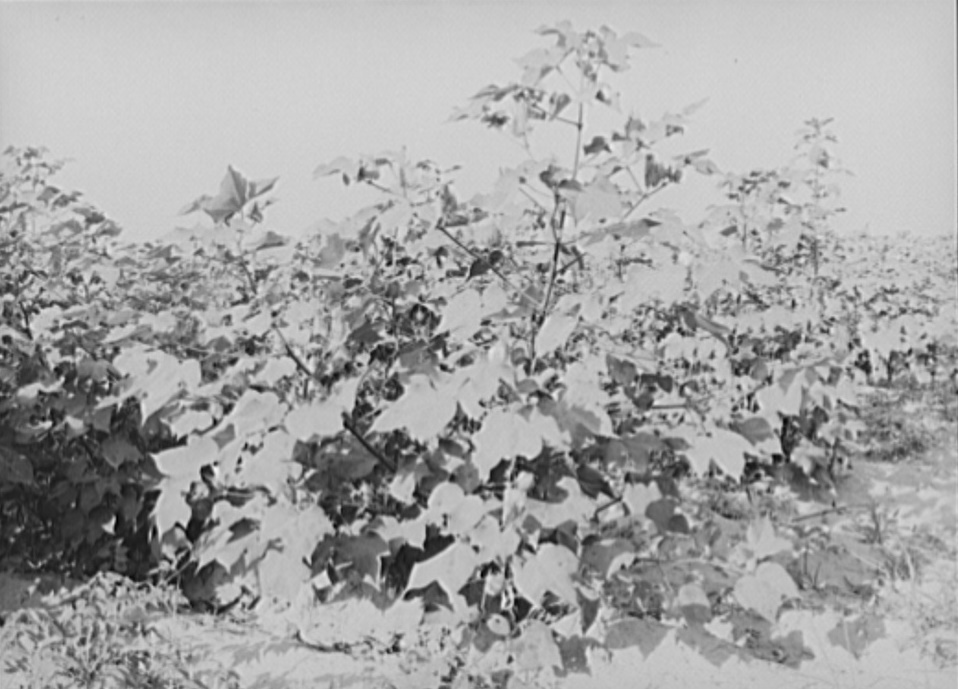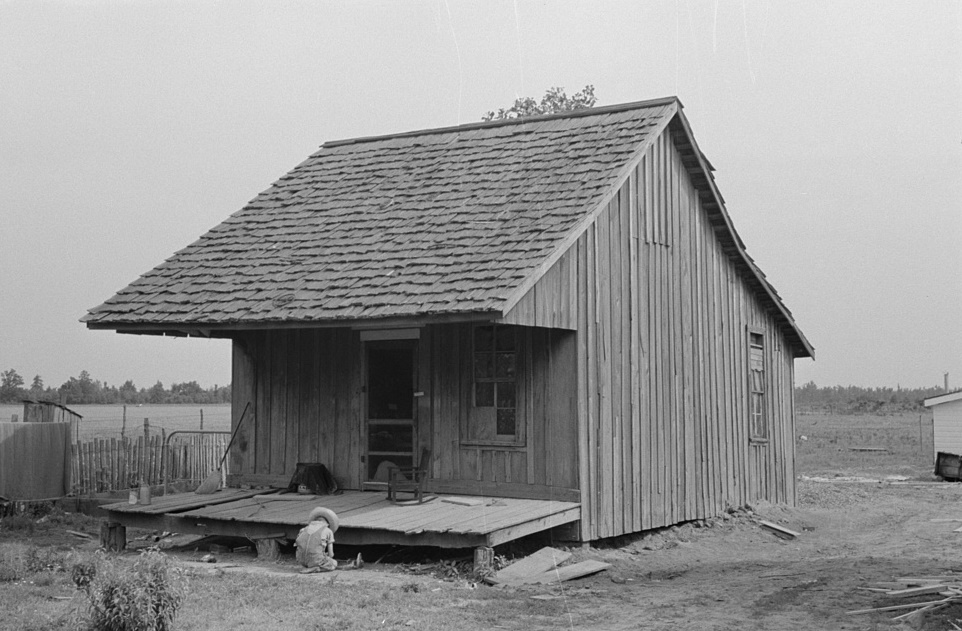Southast Missouri is known as the “boot heel”, ‘Mississippi lowlands”, or “swamp east”. Located in the northernmost portion of the Mississippi delta, it is composed largely of rich alluvial soils and includes some of the richest farm lands in the state.
Stories abound about this section of the state such as:
- The boot heel was added to the state because of the request of some Missourian to remain in the state “as he had heard it was so sickly in Arkansas”; “…full of bears and panthers and copperhead snakes, so it ain’t safe for civilized people to stay there over night even.”
- Another legend has the adaptation made by a lovestruck surveyor to spare the feelings of a widow living 50 miles south of the Missouri border, but unaware of it. At one time, the area was known locally as “Lapland, because it’s the place where Missouri laps over into Arkansas”
Most of it was swamp land until 1905 when a massive drainage project to drain the swamps was started.
Cotton on the farm by Photographer Russell Lee 1938
After the swamp lands were drained, cotton farming developed. The new cotton farms included large numbers of sharecroppers.
Sharecropper family on front porch Southeast, Missouri by Photographer Russell Lee 1938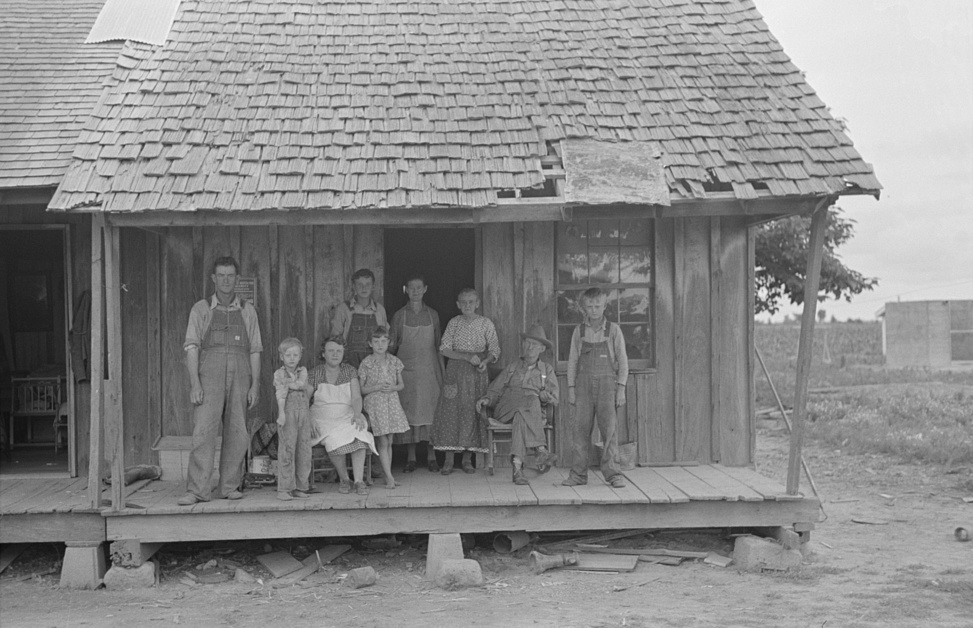
Sharecropper cabin in southeast Missouri by Photographer Russell Lee 1938
Children of sharecropper by Photographer Russell Lee 1938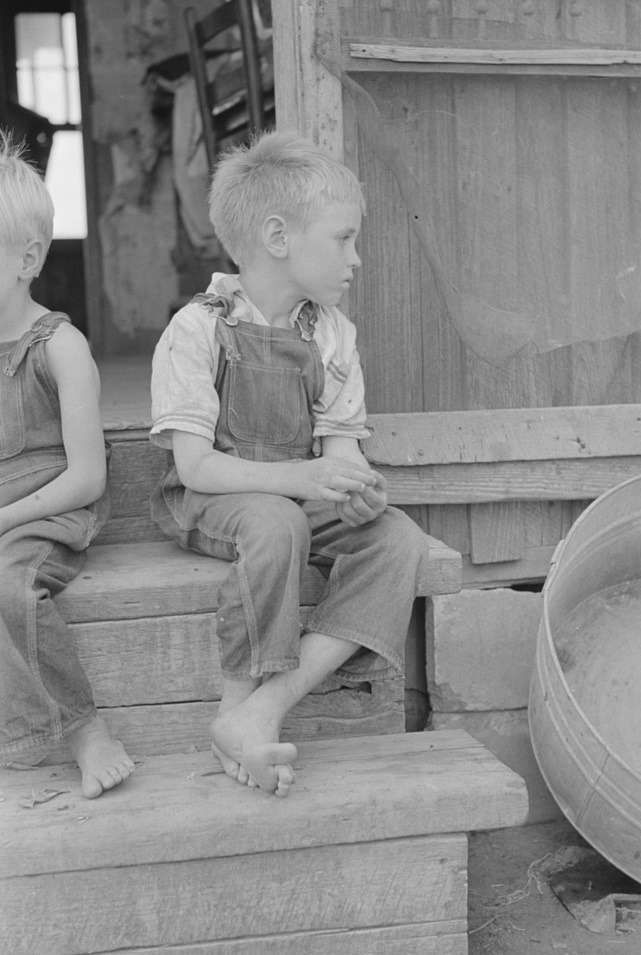
During the Great Depression, the Farm Security Administration, a New Deal agency, provided low-cost rental housing for 500 sharecropper families. It awarded $500,000 in grants to 11,000 families in 1939.
Families who received grants under the Labor Rehabilitation Program agreed to build food storages to preserve canned foods, set at eighty quarts per person. Here are two of the homemade food storages. Southeast Missouri. 1935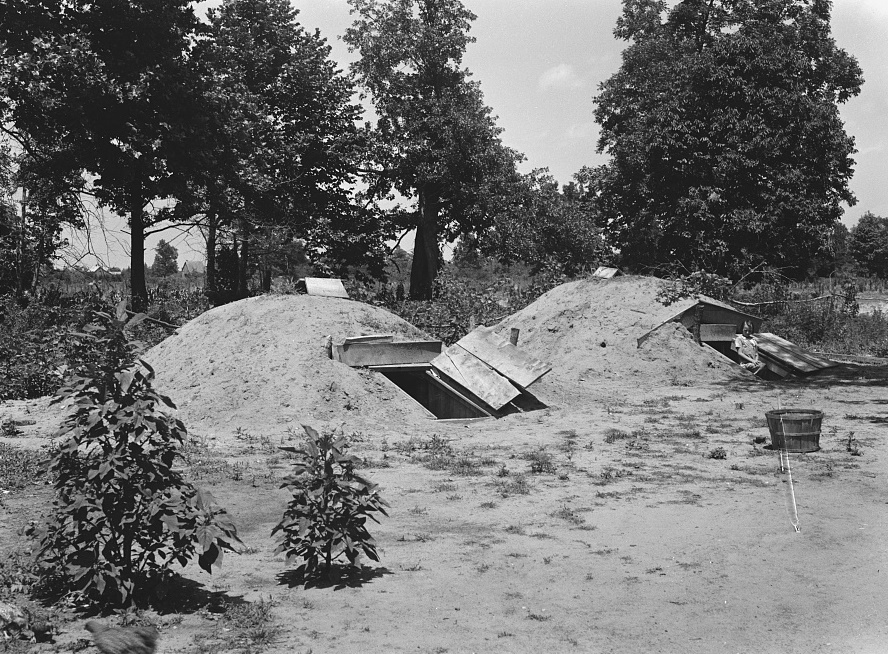
All varieties of tubers were preserved by the Labor Rehabilitation families. Here a young wife is picking up potatoes for storage for winter. Southeast Missouri 1935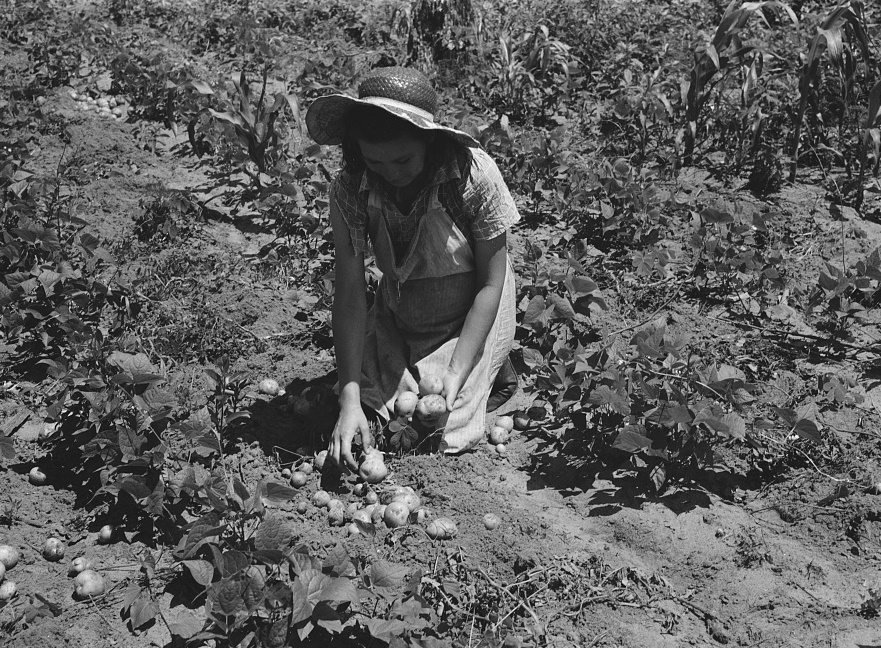
New Madrid, Missouri son of sharecropper cultivating cotton field by Photographer Russell Lee 1938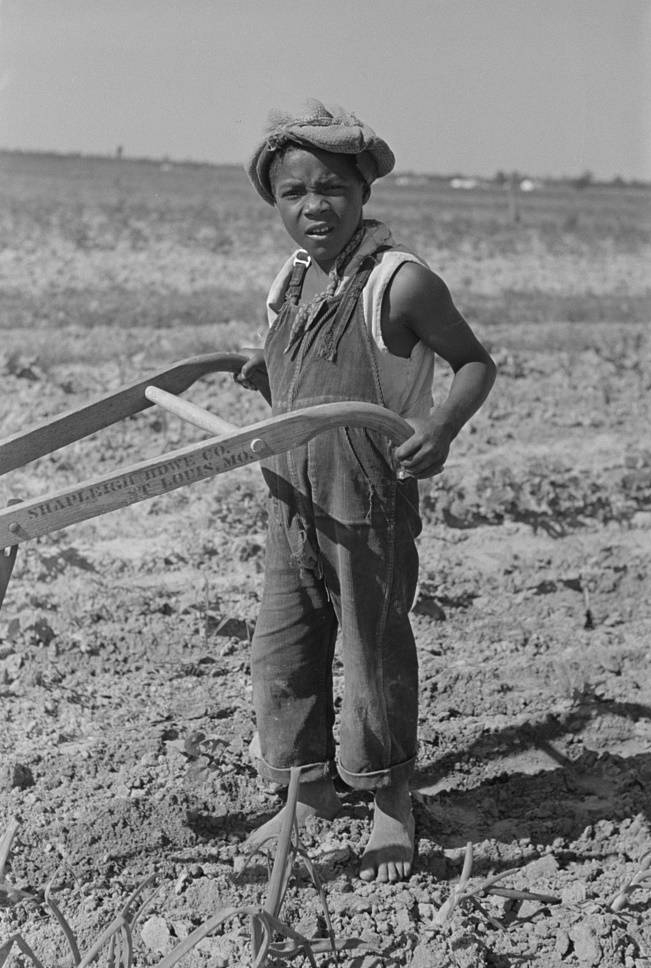
Sharecropper family on front porch by Photographer Russell Lee 1938
Old privy on sharecropper’s farm by Photographer Russell Lee 1938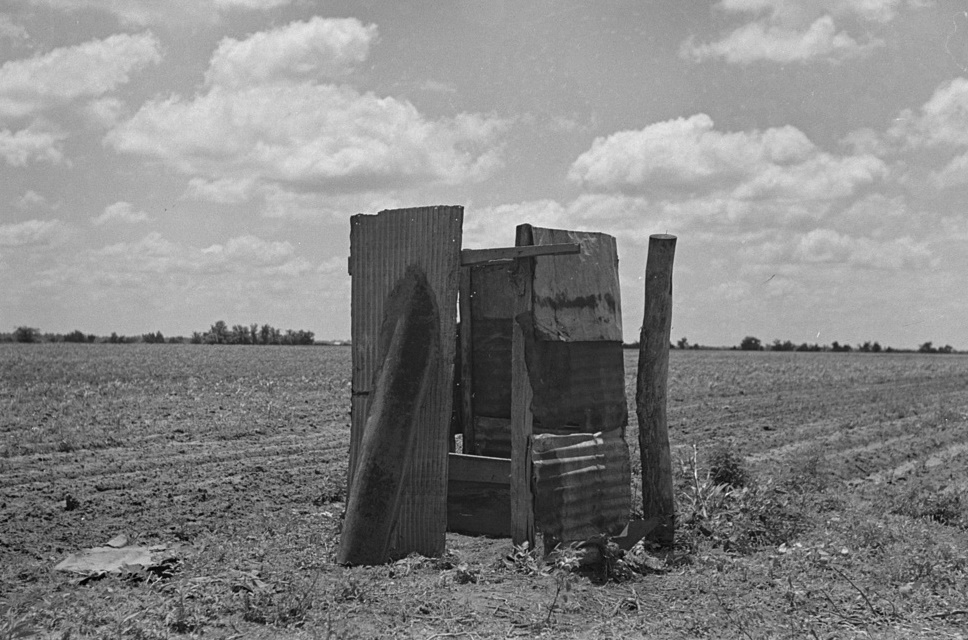
Evicted sharecroppers along Highway 60, New Madrid County, Missouri by photographer Arthur Rothstein 1938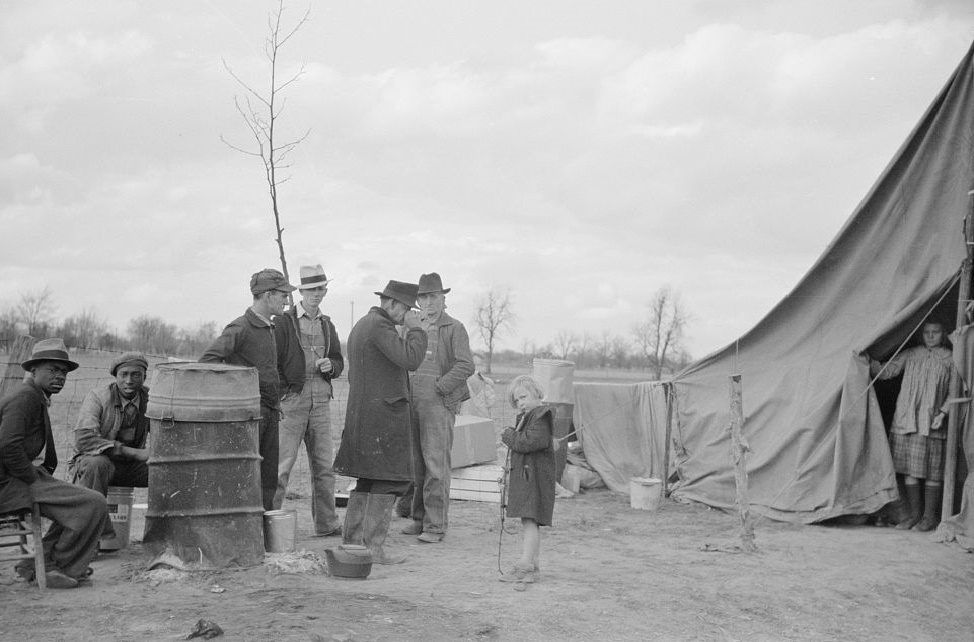
New Madrid spillway where evicted sharecroppers were moved from highway, New Madrid County, Missouri photographer Arthur Rothstein Jan. 1938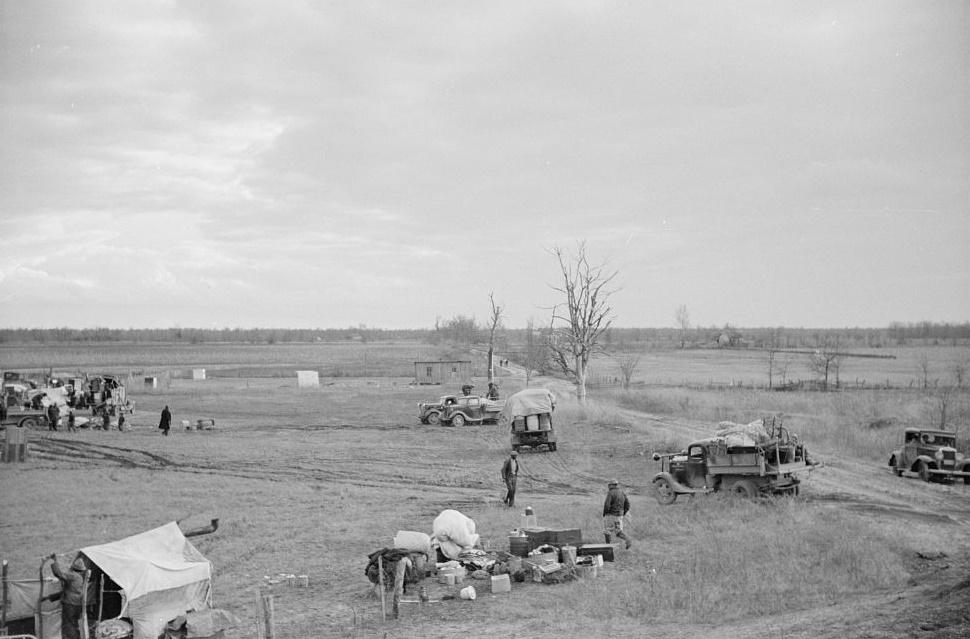
State highway officials moving evicted sharecroppers away from roadside to area between the levee at New Madrid and the Mississippi River, New Madrid County, Missouri by photographer Arthur Rothsteinn Jan. 1938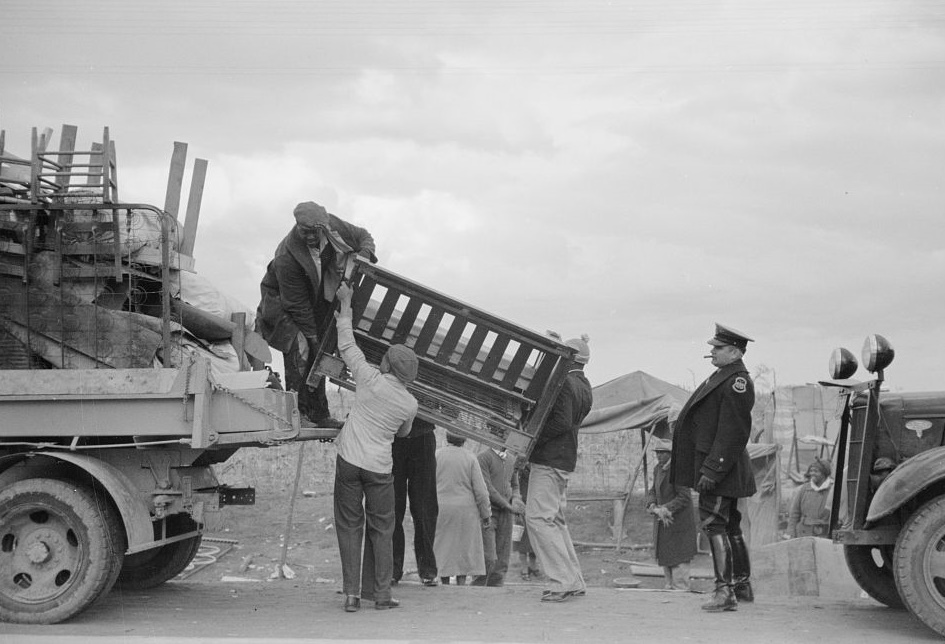
See best-selling books by Donna R Causey
Vinegar of the Four Thieves was a recipe that was known for its antibacterial, antiviral, antiseptic, and antifungal properties for years. It was even used to cure the Bubonic Plague. See Thomas Jefferson’s recipe in VINEGAR OF THE FOUR THIEVES: Recipes & curious tips from the past
